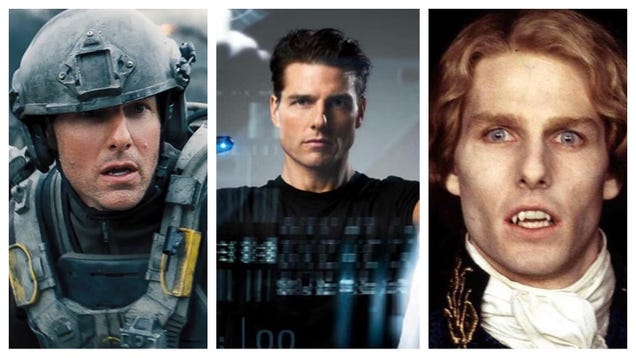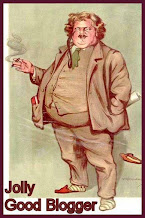Noe henger nok sammen med at Tim våger å ta hardere i. Det er pussig nok mindre fare for at noen avviser en ateist med å være farget av livssyn.
Resultatet er heller vondt for en TV-serie som mener det godt - og er god, når den snakker om vitenskap.
Omtalen blir ikke mer rosende etterhvert, selv om Tim til tider er rasende festlig. Særlig for dem som liker slik.Bruno is the poster boy of the Draper-White Thesis – the idea that science and religion have always been at war and an idea beloved by the New Atheist movement despite the fact it was rejected by actual historians of science about a century ago. Try to engage in an attempt at intelligent discussion of the real and much more complex and nuanced interrelations between religion and what was to emerge as modern science in the medieval and early modern periods and Bruno is usually brandished as “proof” that the Church was the implacable and ignorant foe of early science. After all, why else did they burn him for daring to say the earth wasn’t the centre of the universe and that the stars were other suns with planets? For those who prefer simple slogans and caricatures to the hard work of actually analysing and understanding history, Bruno is a simple answer to a intricate question. Nuance and complexity are the first casualties in a culture war.
So when the first instalment of the new series – Cosmos: A Spacetime Odyssey - went to air last week, at its heart was an eleven minute version of the Bruno myth. I often refer to the simplistic moral fable that people mistake for the history of the relationship between the Church and early science as “the cartoon version”, because it’s oversimplified, two-dimensional and reduced to a black and while caricature. But in this case it really is a cartoon version – the sequence was animated, with the voice of Bruno provided by the series’ Executive Producer, Seth MacFarlane, of Family Guy fame, which seems to be why Bruno has an Italian accent of a kind usually heard in ads for pizza or pasta sauce.Ikke minst viser han at det er mange flere feil i fremstillingen enn dem jeg har nevnt, som at Lucretius skulle være forbudt lesning.
In the weirdly distorted version of the story the program tells, Bruno is depicted as an earnest young friar in Naples who was a true seeker after truth. But DeGrasse Tyson assures us that he “dared to read the books banned by the Church and that was his undoing.” We then get a sequence of Bruno reading a copy of Lucretius’ On the Nature of Things which he has hidden under the floorboards of his cell. The first problem here is that Lucretius’ work was not “banned by the Church” at all and no-one needed to hide it under their floor. Poggio Bracciolini had published a printed edition of the book a century before Bruno was born and it had never been banned when the medieval manuscripts Bracciolini worked from had been copied nor was it banned once his edition made it widely available. The idea that the Church banned and/or tried to destroy Lucretius’ work is a myth that Christopher Hitchens liked to repeat and which has been given a lease of popular life via Stephen Greenblatt’s appalling pseudo historical work The Swerve, which somehow won a Pulitzer Prize despite being a pastiche of howlers.Av hensyn til sarte sjeler skal jeg ikke sitere mer.





















5 kommentarer :
Takk for tipset, det var god lesning. Kommentarene også (kryss i taket)!
"atskillige lysår grundigere og skarpere enn"
Ikke vær lei deg, Bjørn Are!
Tross alt lå du langt nærmere lyshastigheten i rapportering enn det O'Neil gjorde!
:-)
Thx. Får vel spille første Deep Purple-plate i kveld:)
Ja, Deep Purple har tilstrekkelig..tyngde der musikken bølger frem og tilbake i disse spennende tider.
Uff nei, denne vitsen var vel både knusk og blaut???
I'm a Speed King.
Legg inn en kommentar